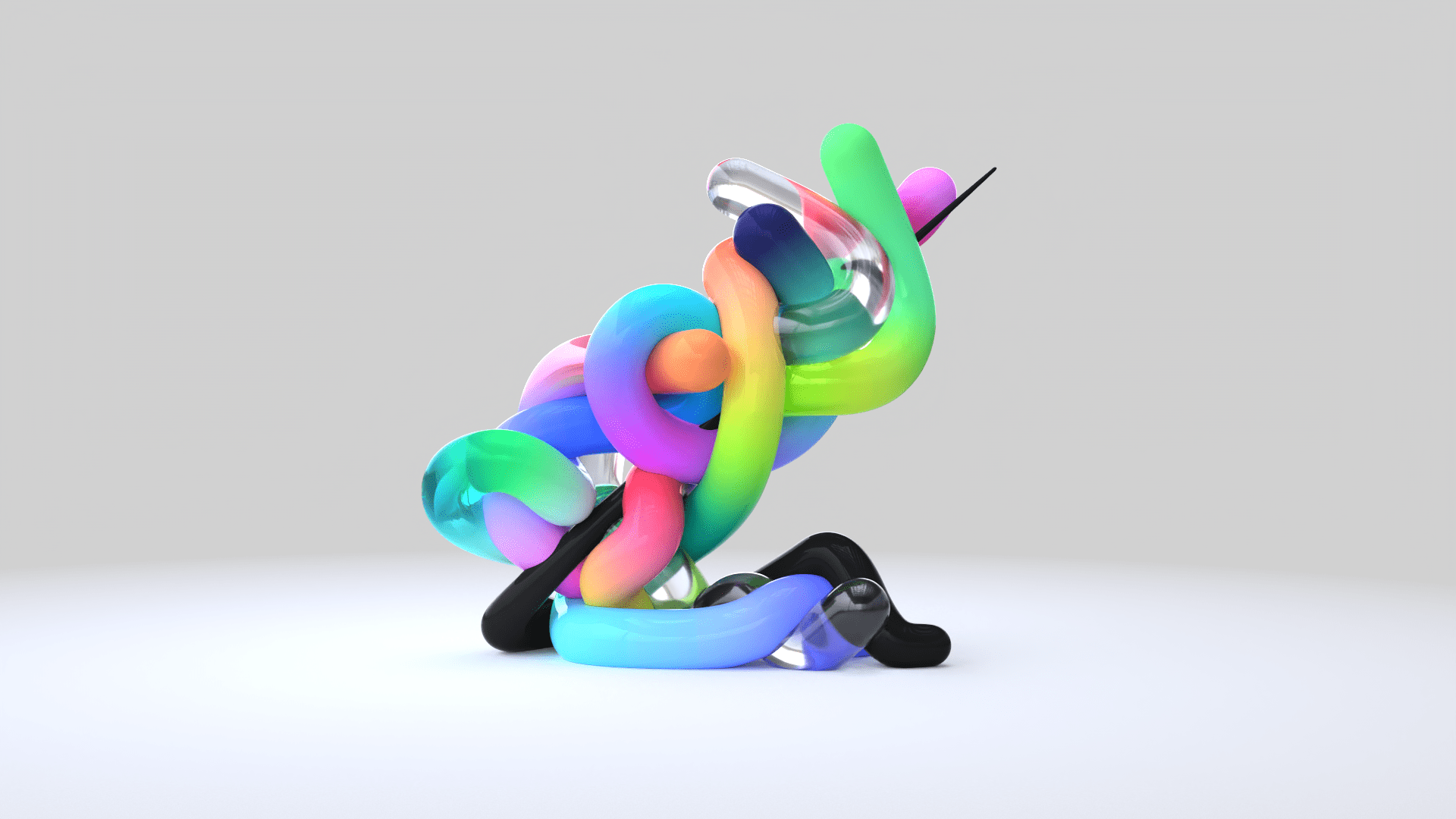
Color theory is a comprehensive framework that explores the principles and concepts behind the art and science of colors. It is a field of study that delves into how colors interact, combine, and affect our perception and emotional responses. By understanding color theory, artists, designers, and individuals interested in art can make informed decisions about color selection, combinations, and arrangements to create visually appealing and harmonious compositions.
1. The Basics of Color:
- Primary, secondary, and tertiary colors: Colors can be classified into three primary colors (red, blue, and yellow), which cannot be created by mixing other colors. Secondary colors (orange, green, and purple) are formed by mixing primary colors, and tertiary colors are created by combining primary and secondary colors. Understanding these color categories helps establish a foundation for color mixing and selection.
- Hue, saturation, and value: Hue refers to the pure color itself, while saturation refers to the intensity or purity of the color. Value relates to the lightness or darkness of a color. By manipulating these attributes, artists and designers can create diverse visual effects and convey different moods or atmospheres within their work.
- Warm and cool colors: Warm colors (such as red, orange, and yellow) evoke a sense of energy, vibrancy, and warmth. Cool colors (like blue, green, and purple) convey calmness, serenity, and a sense of coolness. Understanding the emotional associations and visual impact of warm and cool colors can help artists effectively communicate specific feelings or concepts in their artwork.
2. Color Harmony:
- Complementary colors: Complementary colors are pairs of colors that are opposite each other on the color wheel. When placed together, they create a vibrant contrast that enhances each other's intensity. Understanding complementary colors allows artists and designers to create visually striking compositions and balance the use of colors.
- Analogous colors: Analogous colors are groups of colors that are adjacent to each other on the color wheel. These color combinations often create a harmonious and cohesive visual effect. Artists and designers can use analogous color schemes to evoke a sense of unity and coherence in their work.
- Triadic and tetradic color schemes: Triadic color schemes involve selecting three colors that are evenly spaced around the color wheel, creating a vibrant and dynamic composition. Tetradic color schemes, on the other hand, utilize four colors that form two complementary color pairs. These color schemes offer a wider range of possibilities for creating balanced and visually pleasing color palettes.
3. Color Psychology:
- Emotional associations: Colors have the power to evoke specific emotions and psychological responses. For example, warm colors like red can evoke feelings of passion and energy, while cool colors like blue can create a sense of calmness and tranquility. Understanding the emotional associations of different colors enables artists and designers to strategically evoke desired emotional responses in their audience.
- Cultural influences: Colors can carry different meanings and symbolism across cultures. For instance, while white symbolizes purity and innocence in Western cultures, it is associated with mourning in some Eastern cultures. Being mindful of cultural influences helps artists and designers avoid unintended misinterpretations or conflicts in their work.
- Color in branding and marketing: The strategic use of colors in branding and marketing plays a significant role in influencing consumer behavior and shaping brand identity. Different colors can evoke specific feelings, convey brand personality, and even affect purchasing decisions. Understanding the psychology behind color choices enables businesses and designers to effectively communicate their brand message and connect with their target audience.
4. Color Symbolism:
- Symbolic meanings of colors: Colors often carry symbolic meanings that go beyond their visual appearance. For example, red can symbolize love, passion, or danger, while green can symbolize nature, growth, or fertility. Exploring the symbolic associations of colors allows artists and designers to infuse deeper layers of meaning and symbolism into their artwork.
- Color symbolism in art and literature: Artists and writers have long used colors to convey specific messages, themes, or ideas in their works. The careful selection and use of colors can enhance storytelling, create visual metaphors, and evoke certain emotions or responses from the audience. Understanding color symbolism helps artists and writers craft more impactful narratives and visual compositions.
- Personal interpretations: While colors may have universal associations, personal experiences and cultural backgrounds can also shape individual interpretations and associations with colors. Artists and designers should consider the diverse perspectives and experiences of their audience to ensure their work resonates on a personal level.
5. Color in Design:
- Color in graphic design: Colors play a crucial role in graphic design, influencing visual hierarchy, communication, and aesthetics. Understanding color theory helps graphic designers select appropriate color palettes, create contrast, and effectively convey information or evoke desired reactions from viewers.
- Color in interior design: In interior design, color choices can significantly impact the mood and atmosphere of a space. Different colors can create a sense of coziness, spaciousness, or specific themes within a room. By understanding color theory, interior designers can create harmonious and visually appealing environments that align with their clients' preferences and desired ambience.
- Color in web design: Web designers utilize colors to create visually engaging and user-friendly websites. Considerations such as color contrast, accessibility, and brand identity come into play when selecting color schemes for different elements on a webpage. Understanding color theory empowers web designers to make informed choices that enhance the user experience and effectively communicate the website's message.
Here’s what a few colors are associated with:
1. Red: Red is often associated with intense emotions such as love, passion, and desire. It can also symbolize energy, power, and courage. On the flip side, red can represent anger, danger, or warning.
2. Blue: Blue is commonly associated with calmness, serenity, and tranquility. It can symbolize stability, trust, and reliability. Blue is often used to evoke a sense of peace and can also represent loyalty and wisdom.
3. Yellow: Yellow is often associated with happiness, optimism, and warmth. It can symbolize energy, creativity, and enlightenment. Yellow is known to evoke feelings of joy and positivity. However, it can also represent caution or cowardice in certain contexts.
4. Green: Green is strongly associated with nature, growth, and vitality. It symbolizes renewal, balance, and harmony. Green can evoke a sense of freshness and is often used to represent environmental awareness and sustainability.
5. Purple: Purple is often associated with royalty, luxury, and power. It can symbolize creativity, spirituality, and mystery. Purple is a color that conveys a sense of elegance and is often used to evoke a sense of opulence or sophistication.
6. Orange: Orange is a vibrant color that symbolizes enthusiasm, energy, and excitement. It can evoke feelings of warmth, creativity, and adventure. Orange is often used to create a sense of liveliness and is associated with positive emotions.
7. White: White symbolizes purity, innocence, and cleanliness. It is often associated with new beginnings and simplicity. White can convey a sense of clarity and is commonly used in minimalist designs.
9. Black: Black is often associated with power, elegance, and mystery. It can symbolize authority, sophistication, and formality. Black is commonly used to create a sense of drama and can represent strength and depth.
It's important to note that cultural and personal experiences can influence the interpretation and symbolism of colors. Symbolic meanings can vary across different cultures and contexts, so it's essential to consider the cultural and individual perspectives when exploring color symbolism in art, design, or communication.
Color theory serves as a foundation for artists, designers, and individuals interested in understanding the principles behind the use of colors. By exploring the basics of color, including primary and secondary colors, hue, saturation, and value, and warm and cool colors, one can begin to comprehend the intricacies of color mixing and selection. Understanding color harmony, color psychology, and color symbolism provides artists and designers with a deeper understanding of how colors impact emotions, convey meaning, and create visual impact. Incorporating color theory into various fields, including graphic design, interior design, and web design, allows professionals to create captivating and aesthetically pleasing compositions. So, embrace the world of color theory and let your creativity flourish as you navigate the vast palette of possibilities. Happy exploring!

